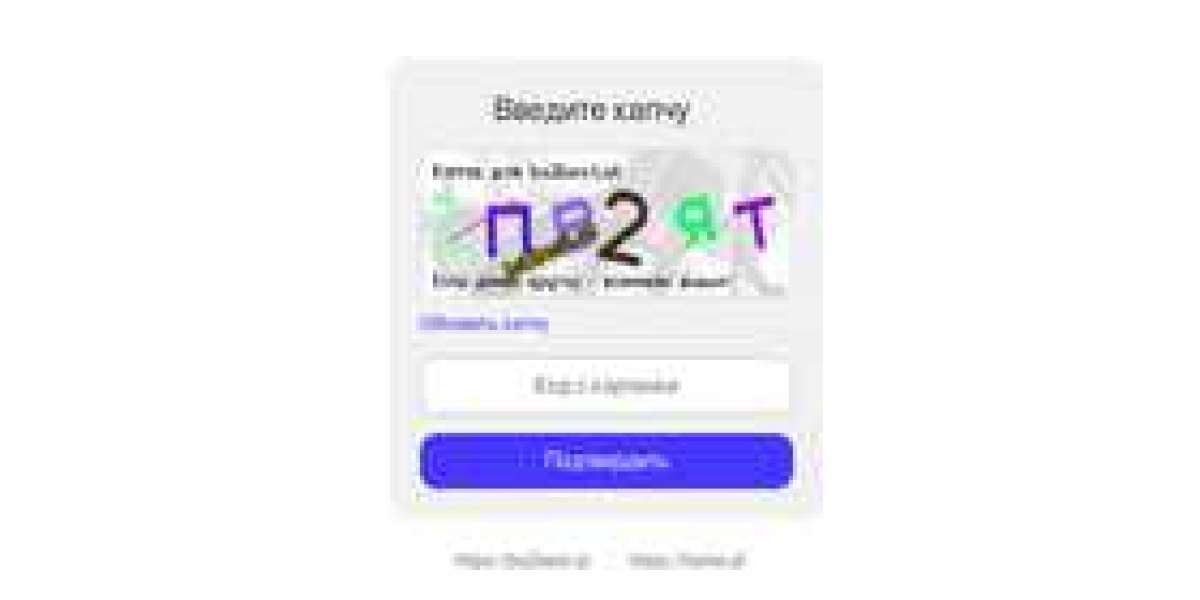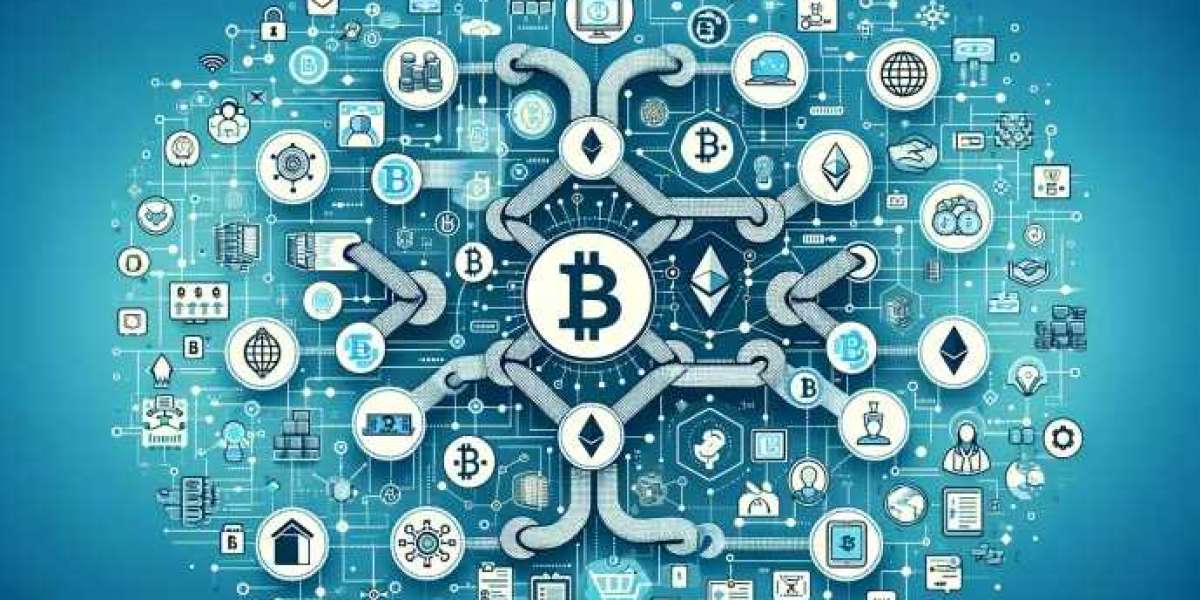The darknet marketplace landscape is notorious for its instability, with platforms rising and falling as law enforcement agencies wage an ongoing war against illegal online trade. Despite these crackdowns, new marketplaces continually emerge to fill the void left by dismantled operations. One such marketplace that has risen to prominence is BlackSprut. Since its emergence in the wake of Hydra’s takedown, BlackSprut has become a significant player in the darknet economy. In this article, we take a deep dive into the marketplace, its operations, its appeal, and the risks that come with it. blacksprut
BlackSprut: Filling the Void After Hydra’s Collapse
In 2022, Hydra, the largest darknet marketplace catering to Russian-speaking users, was taken down in a coordinated law enforcement operation. The collapse of Hydra left a massive gap in the market, particularly for users seeking anonymity in illicit transactions. BlackSprut quickly stepped in to capitalize on this opportunity, attracting many former Hydra users by offering similar features, including cryptocurrency payments, vendor verification, and a broad range of illegal products and services.
How BlackSprut Operates
Like other darknet marketplaces, BlackSprut is accessible only through the Tor network. Tor anonymizes users’ internet activity by routing it through multiple encrypted layers, making it difficult to trace.
Once users access BlackSprut, they encounter an interface reminiscent of mainstream e-commerce platforms, albeit with a darker focus. Product categories include narcotics, forged documents, stolen financial data, hacking tools, and counterfeit currency. Each product listing features descriptions, pricing, and customer reviews, allowing users to make informed decisions.
Key Features That Drive BlackSprut’s Appeal
BlackSprut has gained traction by offering several key features that enhance user experience and security:
Escrow System:
To minimize the risk of scams, BlackSprut holds payments in escrow until the buyer confirms that they have received their order. This system helps build trust between buyers and vendors.Cryptocurrency Payments:
Transactions on BlackSprut are conducted using Bitcoin and Monero. While Bitcoin is widely used, Monero has become increasingly popular due to its enhanced privacy features, which make it harder to trace transactions.Vendor Ratings and Reputation:
BlackSprut uses a reputation system where buyers can rate and review vendors. Vendors with high ratings are more likely to attract customers, creating an incentive for vendors to maintain quality and reliability.Security Measures:
BlackSprut encourages users to enhance their security by enabling two-factor authentication (2FA), using PGP encryption for communications, and following best practices for maintaining anonymity on the darknet.
Risks and Challenges of Using BlackSprut
While BlackSprut offers several security features, engaging in darknet transactions remains fraught with risks:
Exit Scams: Many darknet marketplaces have abruptly shut down, taking users’ funds with them. The possibility of BlackSprut pulling an exit scam is a constant concern.
Law Enforcement Monitoring: Governments and law enforcement agencies actively monitor darknet activity. Users who fail to take proper precautions risk exposing their identities and facing legal consequences.
Phishing and Malware: Fake versions of BlackSprut exist to steal users’ credentials and funds. Additionally, some product listings may contain malware designed to compromise users’ devices.
Ethical Questions and the Future of BlackSprut
The darknet is often associated with illegal activity, but it also serves as a platform for privacy advocates, whistleblowers, and political dissidents. Tools like Tor, Monero, and PGP encryption, which are widely used on darknet platforms, have legitimate applications beyond criminal trade.
The future of BlackSprut, like that of all darknet marketplaces, remains uncertain. It could thrive for years, or it could be dismantled in a law enforcement crackdown. For now, it remains a key player in the darknet economy, reflecting the ongoing cat-and-mouse game between darknet operators and global law enforcement agencies.











